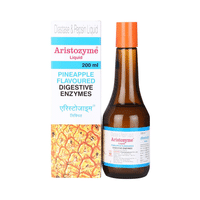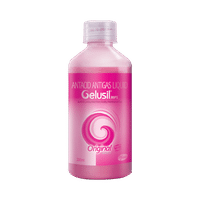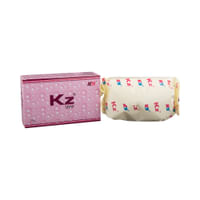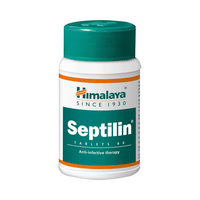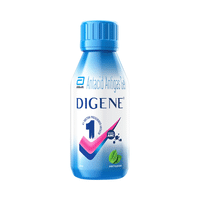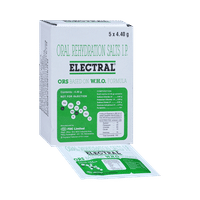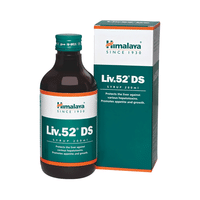Rs.109for 1 tube(s) (15 gm Gel each)
food interaction for Clinrik Gel
alcohol interaction for Clinrik Gel
pregnancy interaction for Clinrik Gel
lactation interaction for Clinrik Gel
medicine interaction for Clinrik Gel
food
alcohol
pregnancy
lactation
medicine
No interaction found/established
No interaction found/established
Clinrik Gel is generally considered safe to use during pregnancy. Animal studies have shown low or no adverse effects to the developing baby; however, there are limited human studies.
SAFE IF PRESCRIBED
Clinrik Gel is probably unsafe to use during breastfeeding. Limited human data suggests that the drug may pass into the breastmilk and harm the baby.
CONSULT YOUR DOCTOR
No interaction found/established
SALT INFORMATION FOR Clinrik 1% w/w Gel
Clindamycin(1% w/w)
Clinrik gel uses
{med_name} is used in the treatment of bacterial infections and acne.
How clinrik gel works
Clinrik Gel is an antibiotic. It prevents the synthesis of essential proteins bacteria require to carry out vital functions. Thus, it stops the bacteria from growing and prevents the infection from spreading.
Common side effects of clinrik gel
Dry skin, Diarrhea, Gastrointestinal disturbance, Skin irritation
SUBSTITUTES FOR Clinrik Gel
88 Substitutes
88 Substitutes
Sorted By
 Rs. 96save 12% more per gm of Gel
Rs. 96save 12% more per gm of Gel Rs. 252pay 73% more per gm of Gel
Rs. 252pay 73% more per gm of Gel Rs. 214pay 44% more per gm of Gel
Rs. 214pay 44% more per gm of Gel Rs. 275pay 138% more per gm of Gel
Rs. 275pay 138% more per gm of Gel Rs. 113save 22% more per gm of Gel
Rs. 113save 22% more per gm of Gel
Expert advice FOR Clinrik Gel
- You have been prescribed Clindamycin for the treatment of acne.
- You may have to use it for a long time before your acne starts to improve. Be patient and keep using it every day.
- Wash your skin with a mild cleanser and pat it dry before applying Clindamycin.
- Apply it as a thin layer onto clean, dry, unbroken skin affected by acne.
- It may cause minor burning, stinging, or irritation when applied. Inform your doctor if this does not go away.
- Avoid contact with your eyes, nose, or mouth. Rinse it off with water if you accidentally get the cream in these areas.
- If you think the area of skin you are treating has become more irritated and infected, you should stop using Clindamycin and consult your doctor.
Frequently asked questions FOR Clinrik 1% w/w Gel
Clindamycin
Q. How to use Clinrik Gel?
Before using Clinrik Gel, clean and dry the affected area. Gently and thoroughly massage it into the skin. Be careful not to get the medication in your eyes or mouth. If Clinrik Gel gets in your eyes accidentally, wash with plenty of water and call your doctor if your eyes are irritated.
Q. How long should I use Clinrik Gel?
Use Clinrik Gel for as long as your doctor tells you. You may have to use it for several months to clear your acne completely. Even the initial benefits may take several weeks to appear following which you shall be able to note a gradual but definite improvement. Usually, Clinrik Gel should be used for a maximum of 12 weeks. You may need to use more than one tube of Clinrik Gel during each course of treatment.
Q. What does Clinrik Gel do for acne?
Clinrik Gel treats and prevents acne by stopping the growth of bacteria (Propionibacterium acnes) which causes it. Acne is an extremely common skin condition. During adolescence, grease glands in the skin produce extra grease in response to normal amounts of sex hormones in the body which can cause blocked pores (i.e., blackheads). When this happens, the pores are invaded by bacteria. As a result, certain chemicals are produced which go into deeper parts of the skin to produce red spots filled with pus, called acne.













